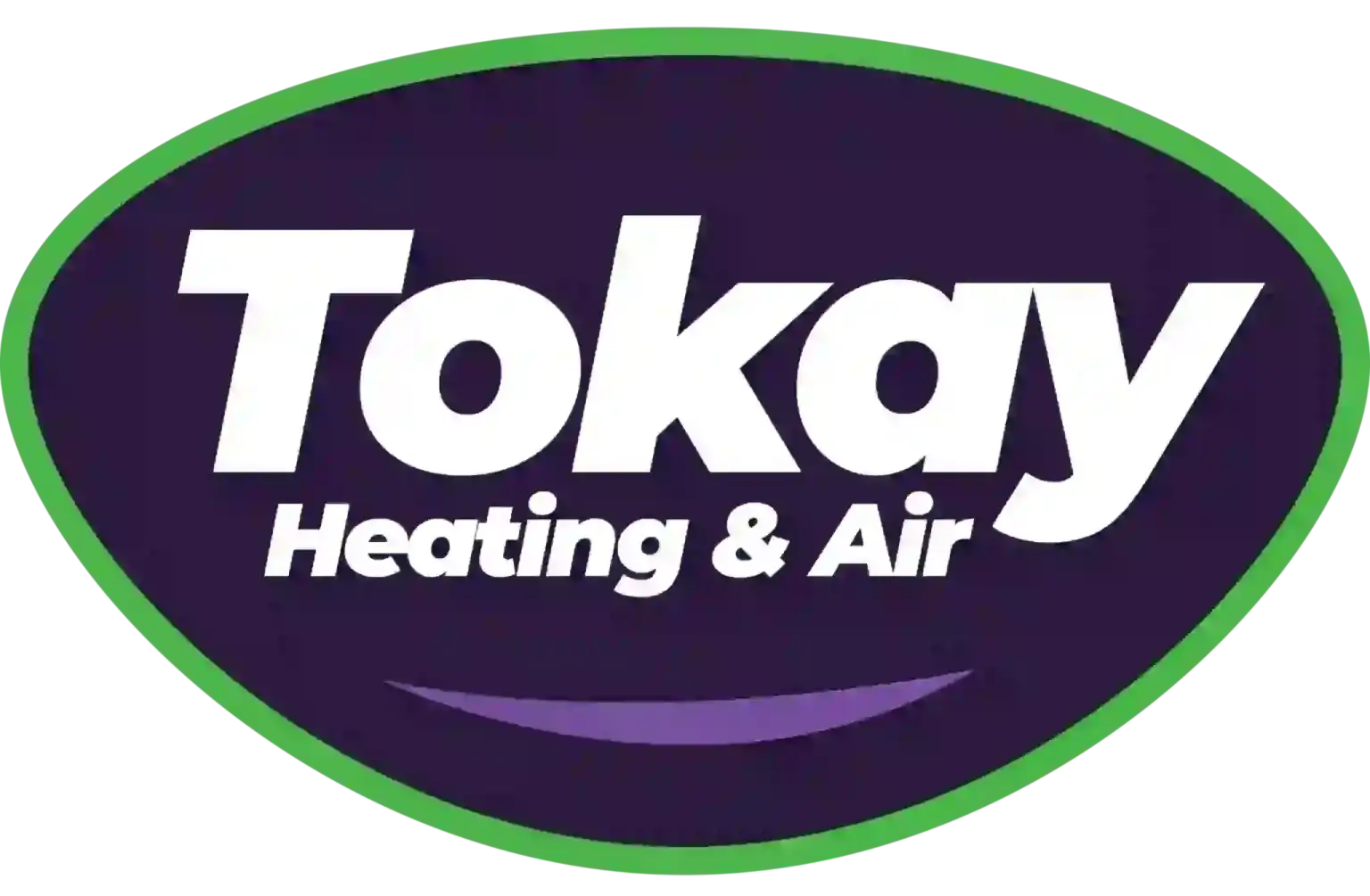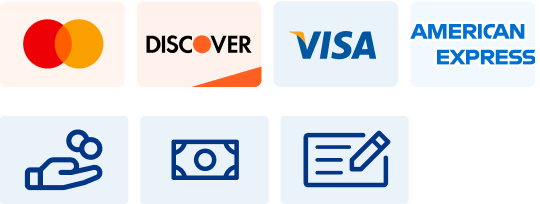What’s The Most Energy-Efficient AC Setting?
You shouldn’t need to give up comfort or spend a lot to keep your home at a pleasant temp during warm days.
But what is the right temp, exactly? We review suggestions from energy pros so you can determine the best setting for your residence.
Here’s what we recommend for the most energy-efficient setting for air conditioning in Lodi.
Recommended Thermostat Settings For Summer
Most households find placing the thermostat at 72-73 degrees is ideal. However, if there’s a major difference between your interior and outdoor warmth, your cooling costs will be bigger.
This is our advice based on the U.S. Department of Energy (DOE) and ENERGY STAR®.
While at home: 78 degrees. While that appears hot, there are methods you can keep your home pleasant without having the air conditioner going all the time.
Keeping windows and blinds down during the day keeps cold air where it needs to be—inside. Some window coverings, like honeycomb shades or plantation shutters, are designed to offer added insulation and enhanced energy conservation.
If you have ceiling fans in your home, the DOE says you can increase thermostat settings about 4 degrees hotter without sacrificing comfort. That’s due to the fact they cool by a windchill effect. Since they cool people, not rooms, switch them off when you exit a room.
If 78 degrees still feels too warm at first glance, try conducting a trial for approximately a week. Start by increasing your temperature to 78 degrees while you’re home. Then, steadily turn it down while adhering to the advice above. You could be surprised at how comfortable you feel at a hotter temperature setting.
While away: 88 degrees. There’s no need to keep the air conditioner going all day while your house is vacant. Switching the setting 7–10 degrees higher can save you an estimated 5–15% on your electrical expenses, according to the DOE.
When you get home, don’t be tempted to set your thermostat below 78 to cool your house more rapidly. This isn’t useful and often leads to a bigger AC cost.
A programmable thermostat is a helpful way to keep your temp in check, but you need to set programs. If you don’t set programs, you might forget to move the set temperature when you leave.
If you’re looking for a hassle-free resolution, think about installing a smart thermostat. This thermostat links with your phone, so it realizes when you’re at your residence and when you’re out. Then it automatically modifies temperature settings for the biggest savings. How much exactly? Typically $180 each year on heating and cooling, according to ENERGY STAR.
Another plus of installing a smart thermostat? You can use your phone to monitor and regulate temperature settings from just about anywhere.
While sleeping: Around 70 degrees. While ENERGY STAR advises 82 degrees, that could be unpleasant for most families. The majority of people sleep better when their sleeping space is chilled, so that’s why the National Sleep Foundation advises 60–67 degrees. But that might be too chilly, depending on your PJ and blanket preference.
We suggest running a similar test over a week, setting your temp higher and gradually decreasing it to determine the best setting for your house. On mild nights, you might learn keeping windows open at night and relying on a ceiling fan is a preferable solution than operating the air conditioner.
More Methods To Conserve Energy During Warm Weather
There are additional approaches you can spend less money on AC bills throughout the summer:
- Get an energy-efficient AC system. Central air conditioners only last about 12–15 years and become less efficient as they get older. An updated air conditioner can keep your house comfier while keeping AC costs low.
- Set yearly air conditioner maintenance. Annual air conditioner maintenance keeps your equipment running like it should and might help it work at better efficiency. It may also help lengthen its life expectancy, since it enables technicians to uncover little issues before they create a major meltdown.
- Put in new air filters regularly. Use manufacturer instructions for switching your air filter. A clogged filter can cause your system to short cycle, or turn on and off too frequently, and increase your electrical.
- Inspect attic insulation levels. Nearly 90% of homes in the USA don’t have adequate insulation, according to the Insulation Institute. The majority of southern climates should have 13–14” of attic insulation, while northern climates require 16–18”.
- Have your ductwork examined. Ductwork that has loosened over time can let conditioned air into your attic, walls or crawl space. This can lead to big comfort troubles in your house, like hot and cold spots.
- Seal openings, doors and windows. Keep hot air where it should be by closing openings. You can also caulk or weather strip doors to seal more cool air within your home.
Use Less Energy During Hot Weather With Tokay Heating & Air
If you want to save more energy during hot weather, our Tokay Heating & Air specialists can provide assistance. Give us a call at (209) 257-3156 or contact us online for extra info about our energy-saving cooling options.


